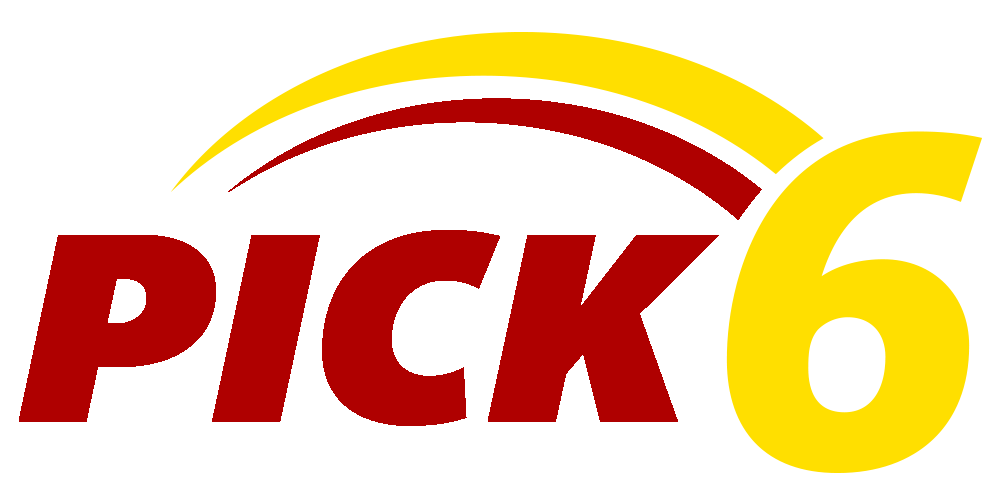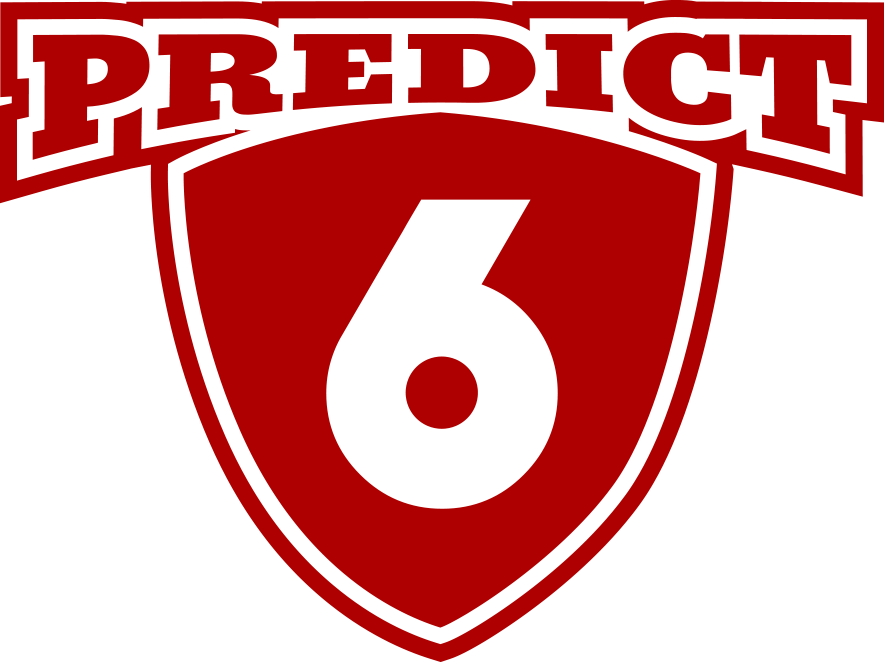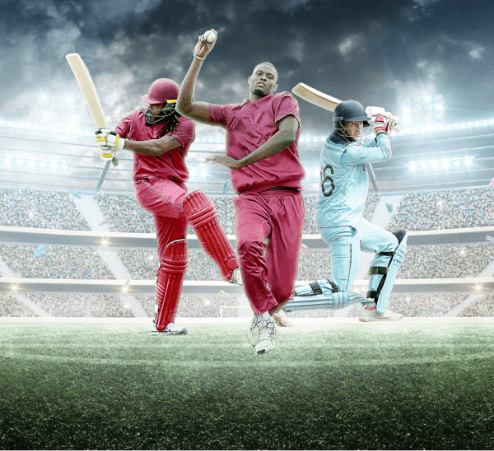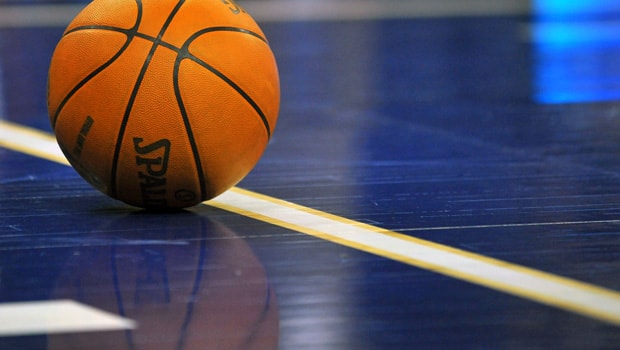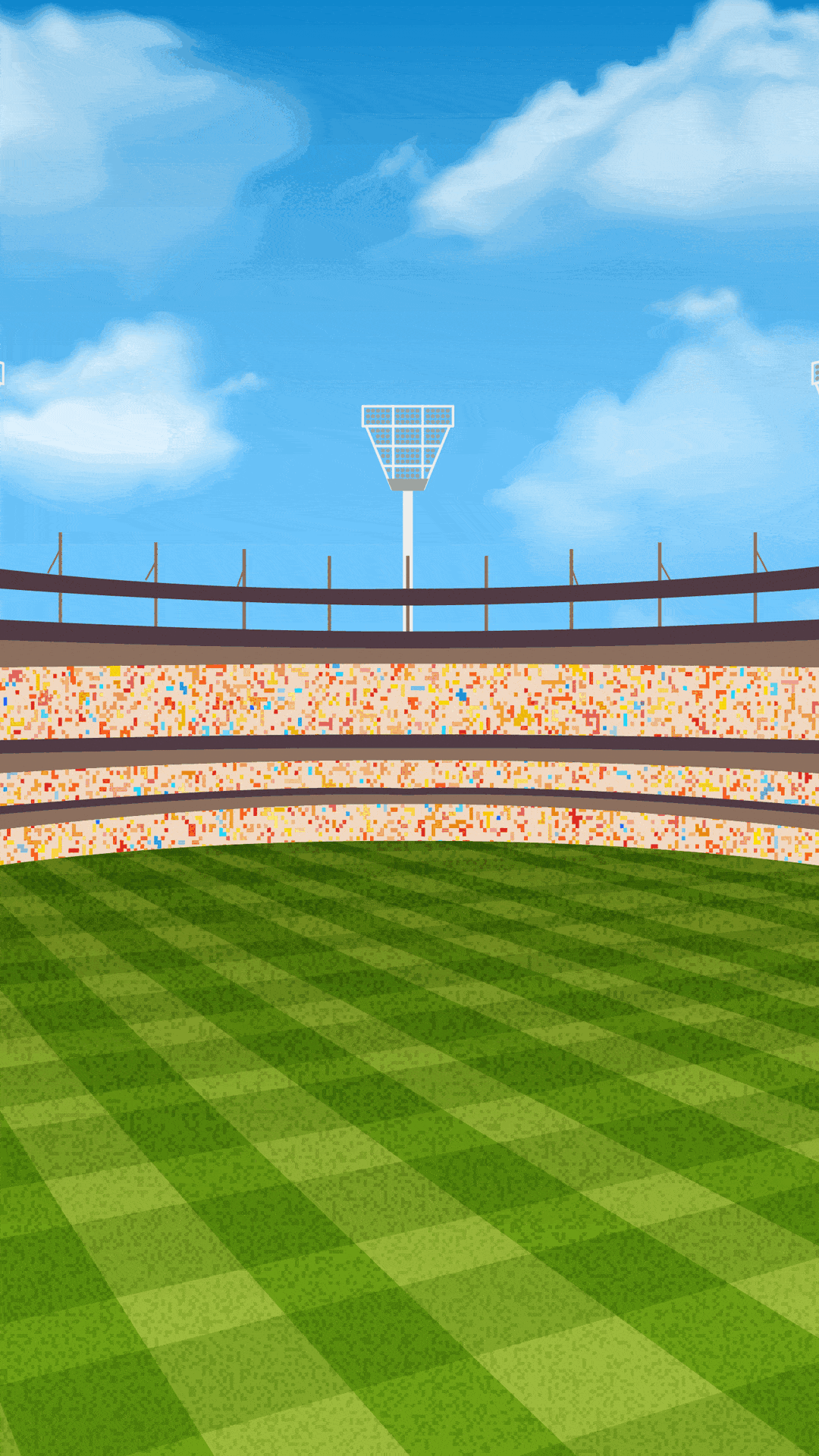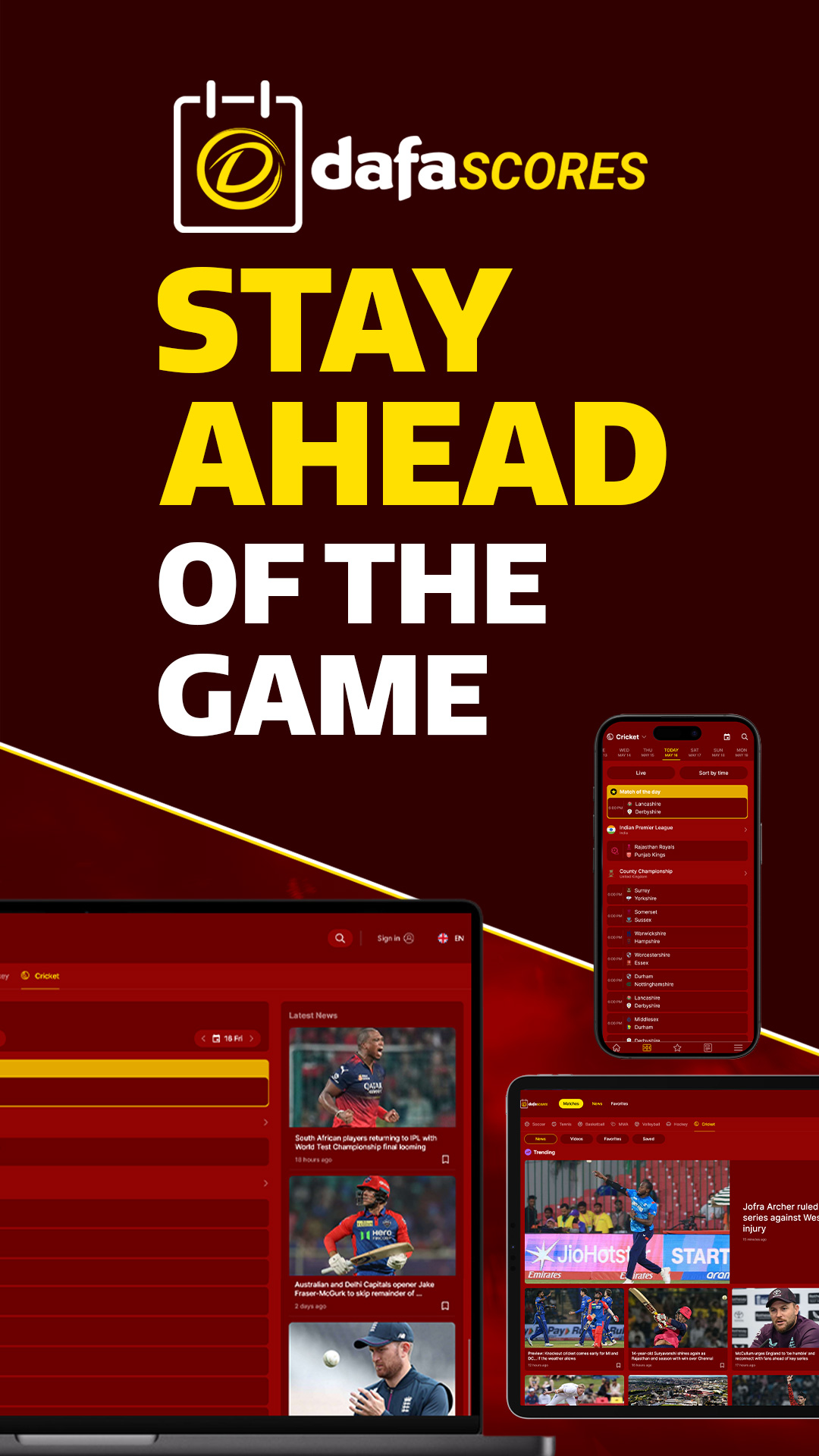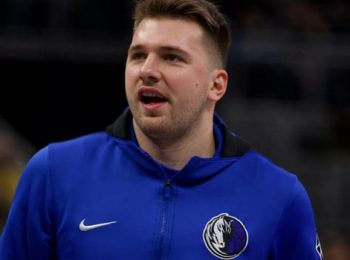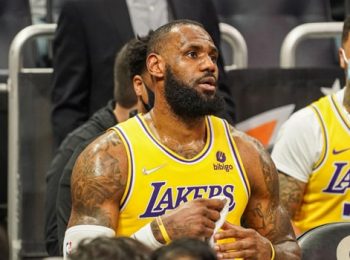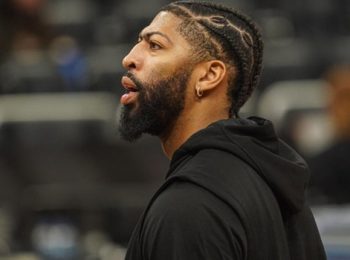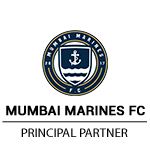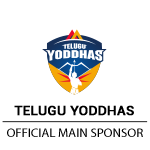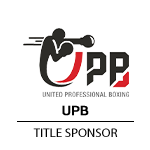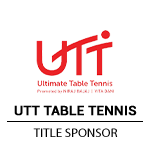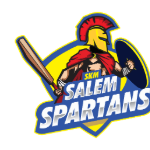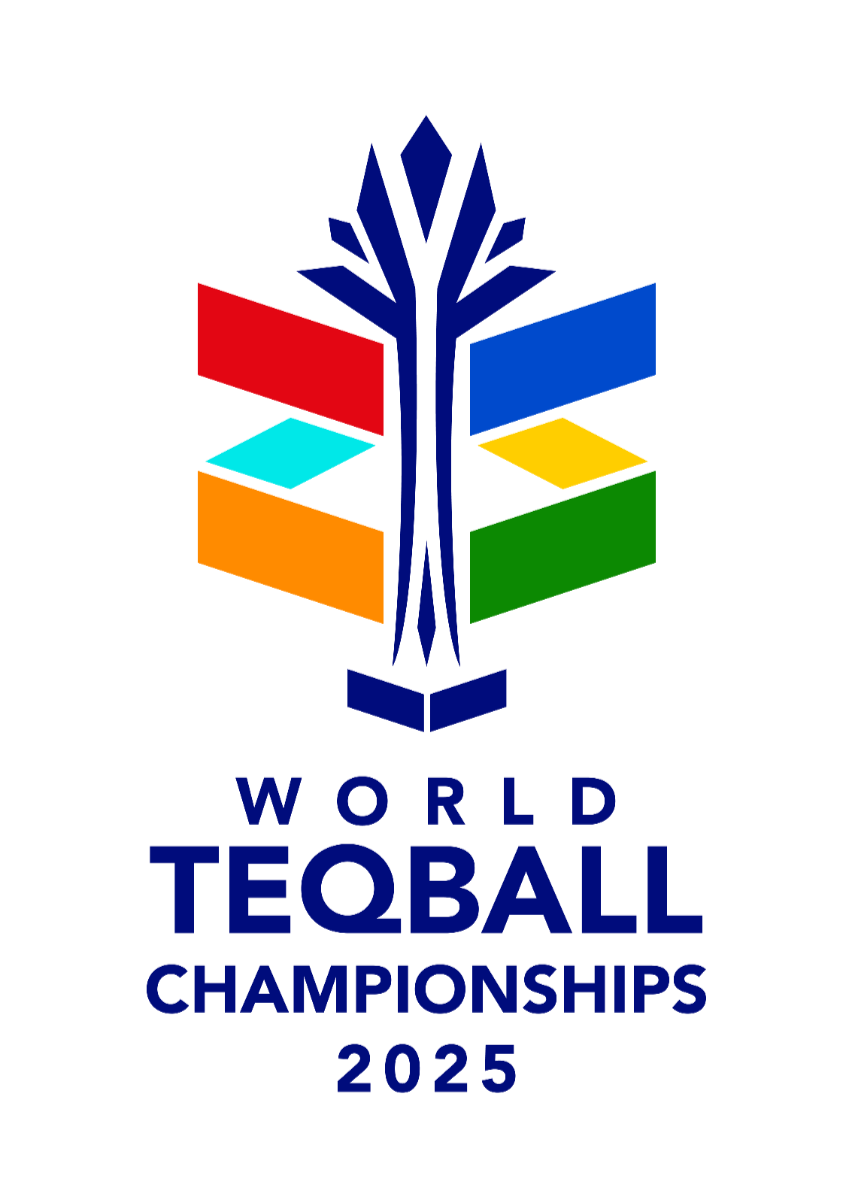The Orlando Magic made good on their offseason promise to approach roster construction with a “win-now” mindset — and they didn’t wait for the NBA Finals to wrap up before acting on it.
Orlando struck a bold deal to upgrade their perimeter shooting while preserving the defensive DNA that carried them to the playoffs. It doesn’t answer every question facing the franchise, but it sends a clear message: the Magic are done waiting. They intend to win — now.
In a blockbuster move, the Magic acquired Desmond Bane from the Memphis Grizzlies in exchange for Kentavious Caldwell-Pope, Cole Anthony, the No. 16 pick in the 2025 NBA Draft, a 2026 first-rounder, a 2028 first-rounder, a 2029 first-round pick swap, and a 2030 first-round pick. It’s a massive haul for one of the league’s top volume shooters and a strong show of financial backing from ownership to build a legitimate contender.
Bane averaged 19.2 points, 6.1 rebounds, and 5.3 assists in 32 minutes across 69 games last season, while hitting 39.2 percent of his 6.1 three-point attempts per game — a strong campaign by most standards, though considered a down year for him. In the two previous seasons, Bane topped 20 points per game, and over the last three years he’s averaged 21.1 points, 5.3 rebounds, and five assists per game on 39.4 percent shooting from deep, taking seven threes per contest.
He remains a dangerous scorer capable of explosive nights — he had six games of 30-plus points last season, including a 44-point outburst against Sacramento. Although he struggled in the Grizzlies’ first-round sweep against the Thunder (15.3 PPG on 7-of-32 from three), Bane previously averaged 23.5 PPG in the 2024 NBA Playoffs and 18.8 PPG in the 2023 playoffs during Memphis’ second-round run.
While Memphis ranked sixth in offensive rating last year, playing up-tempo and surrounding Bane with shooters, his transition to Orlando could be transformative. He gives the Magic an elite catch-and-shoot weapon, a secondary driver, and another reliable shot creator — all things the team sorely lacked.
Physically, Bane brings toughness at 6-foot-5, 215 pounds. He’s not known for lockdown defense, but he competes hard and holds his ground — attributes that fit well within Orlando’s defensive culture.
However, the deal does not solve the Magic’s lingering issue at point guard. If anything, it locks Jalen Suggs in as the starter while allowing Anthony Black to continue his developmental trajectory. And crucially, the move doesn’t touch the young core of Paolo Banchero and Franz Wagner — Bane complements them rather than clashing with their roles.
In short, Orlando made a statement. Their rebuild is over. They’re in the business of winning now.
Bane’s strengths lie in his elite shooting mechanics, physical strength, and basketball IQ. He’s one of the NBA’s most reliable perimeter threats, capable of creating space off the dribble and punishing defenses with both catch-and-shoot and off-the-move threes. What makes Bane especially dangerous is the blend of his quick release and strong lower-body base, allowing him to get his shot off in tight windows or under pressure.
Beyond just his shooting, Bane is a smart cutter and a capable secondary ball handler, able to read defenses and make plays when the offense breaks down. His passing is underrated — not flashy, but timely and efficient — and he makes the right reads without hijacking possessions. Defensively, he isn’t elite, but he’s compact, strong, and positionally sound, rarely giving up easy looks and always competing.
In Orlando, Bane slots in as a critical offensive connector, unlocking space for Paolo Banchero and Franz Wagner to operate more freely.
The Magic’s biggest offensive issue last season was spacing and perimeter shooting, which allowed defenses to collapse the paint and pack in help. Bane’s presence stretches the floor vertically and horizontally, forcing defenders to stay attached and opening new driving lanes. His ability to handle the ball also gives Orlando lineup flexibility, reducing the playmaking burden on Jalen Suggs and letting Anthony Black develop at a more organic pace.
If head coach Jamahl Mosley staggers minutes well, Bane can anchor second units or close games alongside the core starters. With his maturity, toughness, and experience in high-leverage games, Bane elevates the Magic’s ceiling — if their defense holds, his shotmaking could be the missing piece to push them into the top half of the East.
Look to target his 3-point made props, especially in home games and against defenses that allow above-average perimeter volume. Books may initially undervalue his role change, so early-season overs on 3PM could provide value.
Consider points + assists combo props in games where Banchero or Wagner draw double-teams, as Bane’s secondary playmaking becomes more prominent. Stay away from rebound props unless injuries force him into more frontcourt-heavy lineups.
If the Magic lean into small-ball or spacing-heavy rotations, live in-game Bane props could present mid-game over opportunities, particularly when Orlando trails and shifts to a perimeter-first approach.
Fade Bane in games where Orlando faces long, switch-heavy defenses like Boston or Milwaukee — his efficiency tends to dip when he’s forced into tight, contested mid-range looks without consistent off-ball screens. Overall, monitor usage trends early and expect Bane to outperform conservative projections during the season’s first two months.

